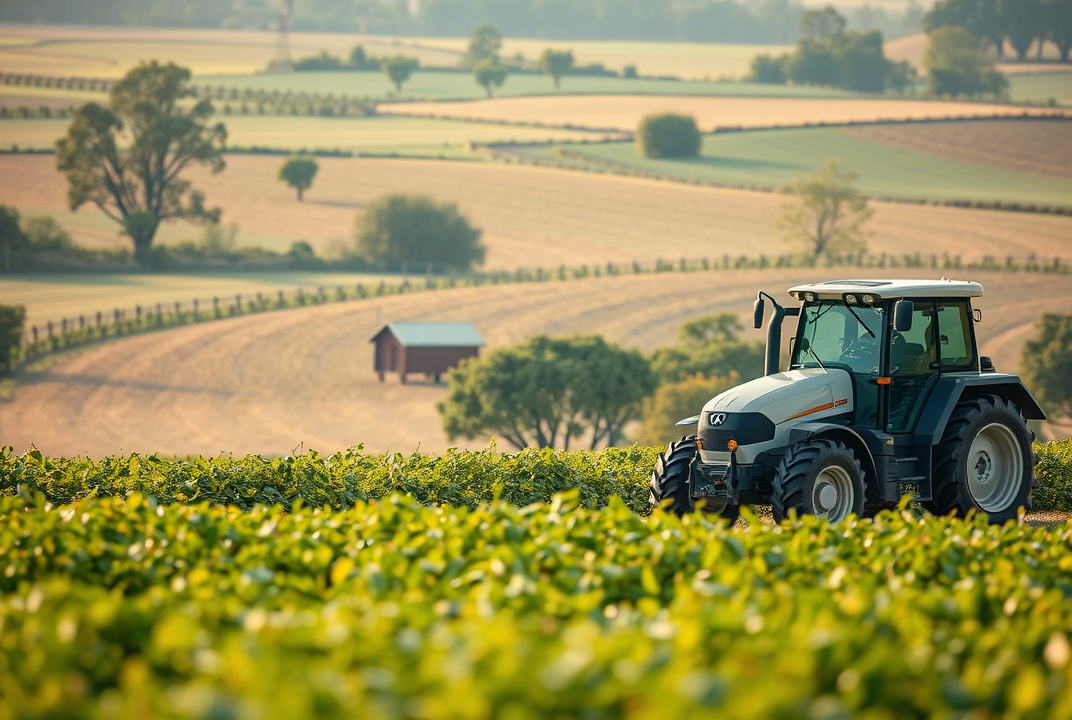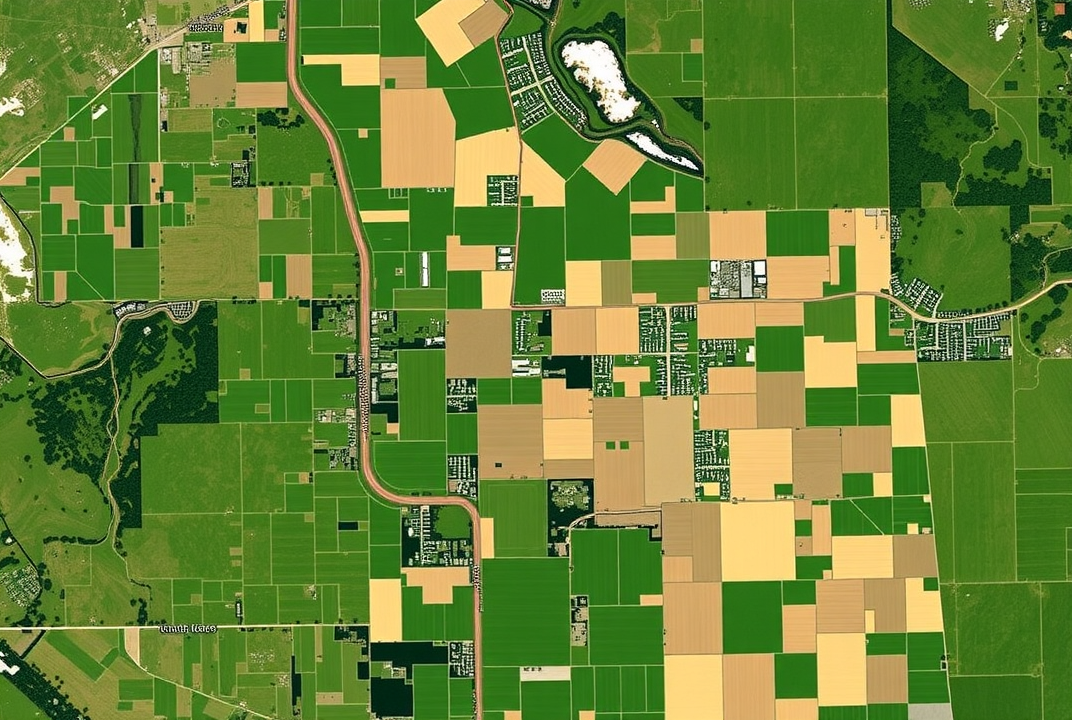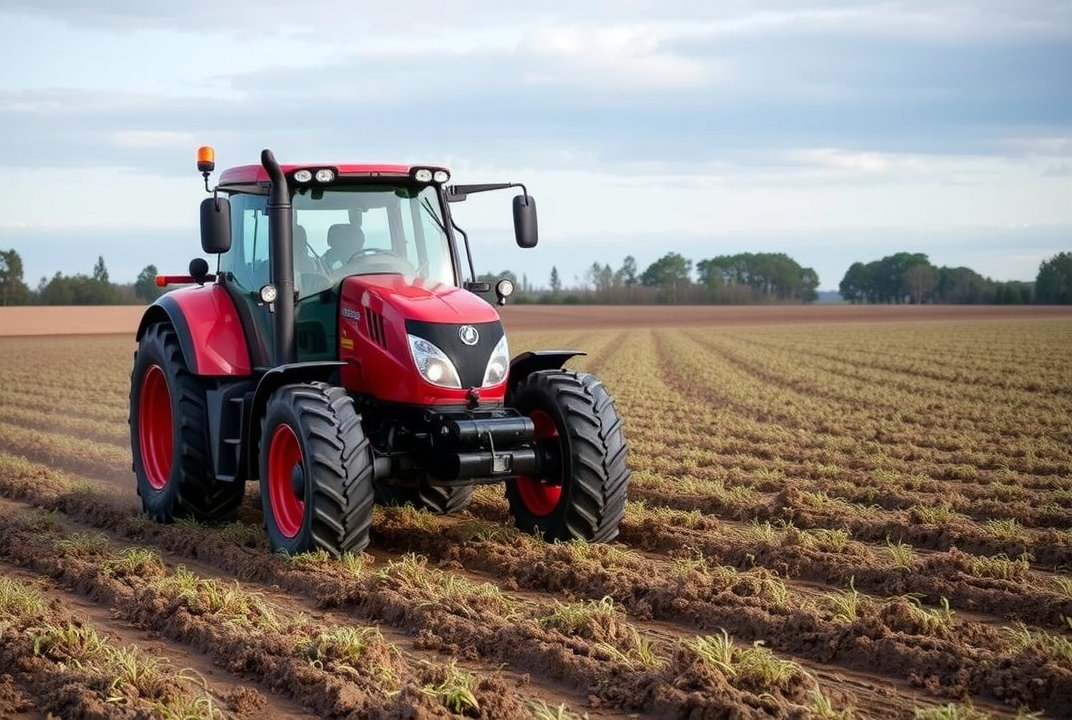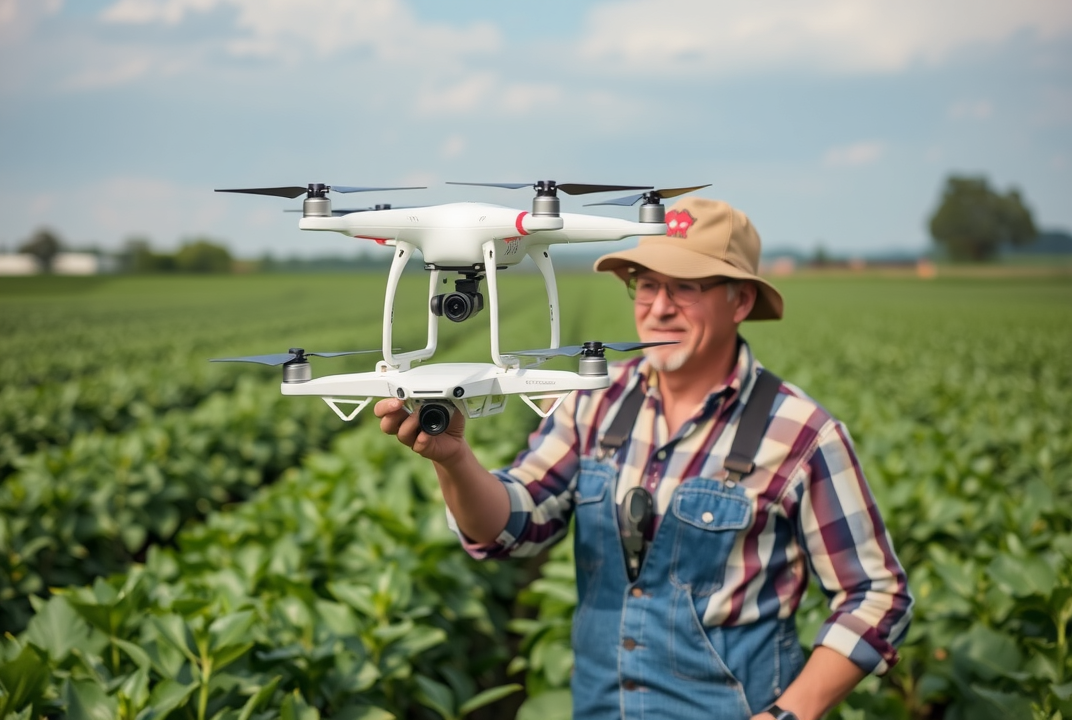Harnessing AI for Sustainable Agriculture: Feeding Global Populations with Technology

Introduction
Did you know that artificial intelligence (AI) is helping farmers predict crop yields with remarkable accuracy? AI in agriculture is not just a futuristic concept; it is a present-day reality that's transforming how food is produced globally. With the global population predicted to reach 9 billion by 2050, the challenge of feeding the world sustainably is pressing. AI emerges as a powerful ally in this mission.
In this article, we will explore how AI technologies are shaping modern agriculture. We'll cover precision farming, sustainable practices, and the role of automation in boosting productivity. With a focus on actionable insights, we'll highlight the benefits and challenges of integrating AI in agriculture.
The Role of AI in Precision Agriculture

Understanding Precision Agriculture
Precision agriculture refers to the use of technology to monitor and manage variability in agricultural operations to optimize field-level management regarding crop farming. AI plays a crucial role by providing real-time data and analytics to make farming more efficient.
Enhancing Crop Management
AI systems can analyze satellite images and sensory data to assess soil health, moisture levels, and crop conditions. This helps farmers make informed decisions about where and when to plant, fertilize, or irrigate. Moreover, AI-driven models predict weather patterns and potential pest outbreaks, minimizing losses and maximizing yield.
Improving Resource Efficiency
By optimizing the use of resources such as water, fertilizers, and pesticides, AI in precision agriculture reduces waste and enhances sustainability. For instance, sensors combined with AI can ensure that water is used sparingly in dry regions, promoting sustainable farming practices.
Automation and Robotics in Farming

Farm Automation
Automation in farming isn't about replacing humans; it’s about augmenting human capabilities in monitoring, planting, and harvesting. AI-powered robots are capable of performing repetitive tasks with speed and precision. This means reduced labor costs and increased output.
Robotics in Harvesting
AI-enabled robots equipped with cameras and sensors can identify ripe fruits and vegetables, ensuring timely and efficient harvesting. This reduces post-harvest losses and guarantees quality produce.
Towards Sustainable Practices
Automation powered by AI facilitates sustainable agriculture by minimizing human error and optimizing resource usage. For instance, autonomous drones can spray crops with exact amounts of pesticides, which reduces environmental impact.
Addressing the Challenges

Adoption and Implementation
While AI offers significant benefits, the initial cost of technology adoption can be a barrier for small-scale farmers. Bridging this gap requires policy support and investment in rural infrastructure.
Data Privacy and Security
AI systems rely on vast amounts of data, raising concerns about data privacy and security. Ensuring that farmer data is protected and used ethically is essential for widespread AI adoption.
Training and Skill Development
Farmers need training to understand and implement AI-based solutions effectively. Educational programs and community initiatives can play a significant role in skill development.
Future Prospects
AI's future in agriculture looks promising, with innovations that could potentially solve food insecurity challenges. Research in plant genomics aided by AI could lead to crops that withstand climate change. Moreover, AI can help in the development of alternative proteins, reducing reliance on traditional livestock farming.
Conclusion
AI in agriculture holds the key to building a resilient food system capable of supporting a growing global population. By optimizing resources, improving productivity, and adopting sustainable practices, AI-driven technologies offer practical solutions to modern agricultural challenges. Embracing these innovations requires concerted efforts from policymakers, farmers, and tech developers to ensure food security and environmental sustainability for future generations.